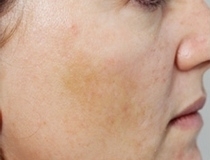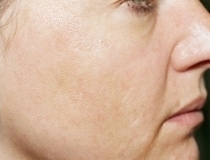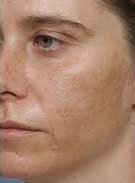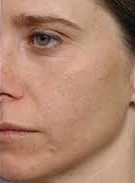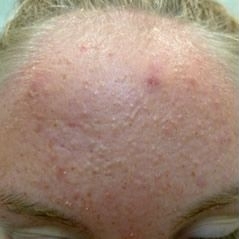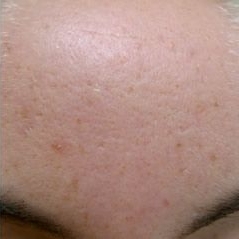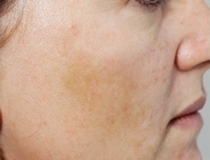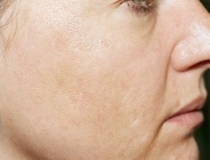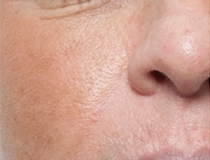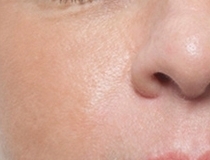Chemical peeling
Chemical peeling is an effective method of rejuvenating and regenerating the face and décolletage. It improves skin surface, tightens pores, lightens excessive pigmentation after sunbathing. The effect of the procedure increases after repeated treatments or in combination with other procedures.
NEW - RETINOLOUS ANTI-CLEAR PEELING
Retinol peeling is aimed at prevention and starting manifestation of skin aging, including excessive pigmentation. At the same time, the moisture remains in the skin, so it is not dried. Also suitable for sensitive skin.
Effects of retinoic acid
Retinoic acid peeling or yellow peeling enhances regenerative processes in cells and activates new cells. It also activates collagen fibers in the dermis, increases blood circulation and nourishment of the skin.
What does retinol peeling solve?
Retinol peeling softens tiny wrinkles, unifies the skin color, lightens pigment spots. Combined with laser, it improves and treats acne symptoms.
Retinol peeling is suitable for patients with sensitive skin because it does not make the skin dry, activates new cells and improves skin quality.
Benefits of retinol peeling
- suitable for patients with sensitive skin, does not dry,
- activation of new cells, improvement of skin quality
- intensive pigmentation removal
What are you asking?
Who is suitable for chemical peel treatment
Because it dries the skin slightly, it is ideal for patients with oily skin and enlarged pores. It is also suitable for lightening hormonally active melasma, for which the laser energy may be too strong. Repeated treatments can also reduce the intensity of acne symptoms.
For whom chemical peeling is not suitable
The procedure is not very suitable for drier skin types as it can over-dry the skin. The skin may then become hypersensitive, react irritably to common cosmetics, and be prone to excessive scaling. It is also not recommended for skin with dilated and broken veins, as it irritates them and can lead to their further enlargement.
What are the post-procedure measures?
After the procedure, it is necessary to lubricate the skin regularly, initially with more oily creams. Between treatments, it is recommended to use preparatory creams for further peeling according to the doctor's recommendations. The skin should be consistently protected from the sun with products with the highest SPF (i.e. 50+).
First week after treatment
- Limit facial expressions.
- If part of your face has been treated, we recommend switching to a liquid or semi-liquid diet that is easy to chew for 2-3 days after the procedure. If you follow this rule for at least a week, you will benefit the final result.
- For larger turns, it is advisable to use mild cooling compresses on the face, neck or hands for the first 3 days after the procedure. However, there must be no pressure on the skin.
- If small bruises appear on the face or neck, use vitamin K cream or Hirudoid for at least 10 days after treatment. For patients with fragile blood vessels, treatment 10-14 days before threading is appropriate.
Useful advice before application
Do not take aspirin and vitamin E for at least 2-3 weeks before and 2-3 weeks after the procedure.
We recommend taking slow-release vitamin C one week before treatment and at least two weeks after treatment, especially if you are an active smoker.
If the patient has a positive history of herpes labialis, he/she must start taking Zovirax at least three days before the procedure and continue taking it for five days after the procedure.

